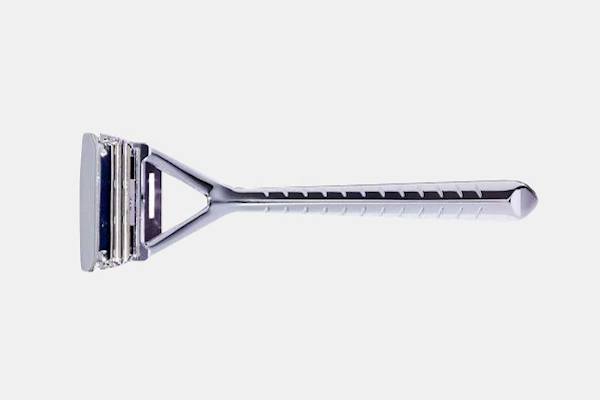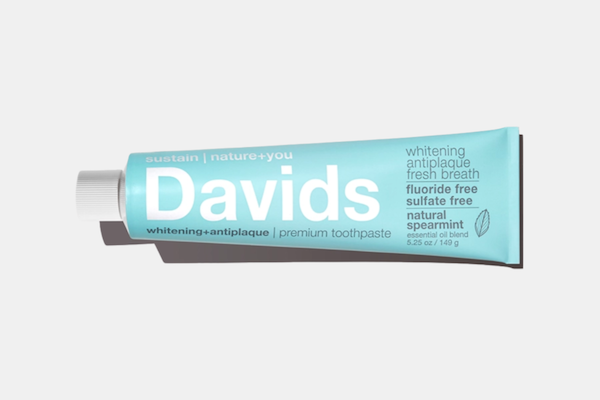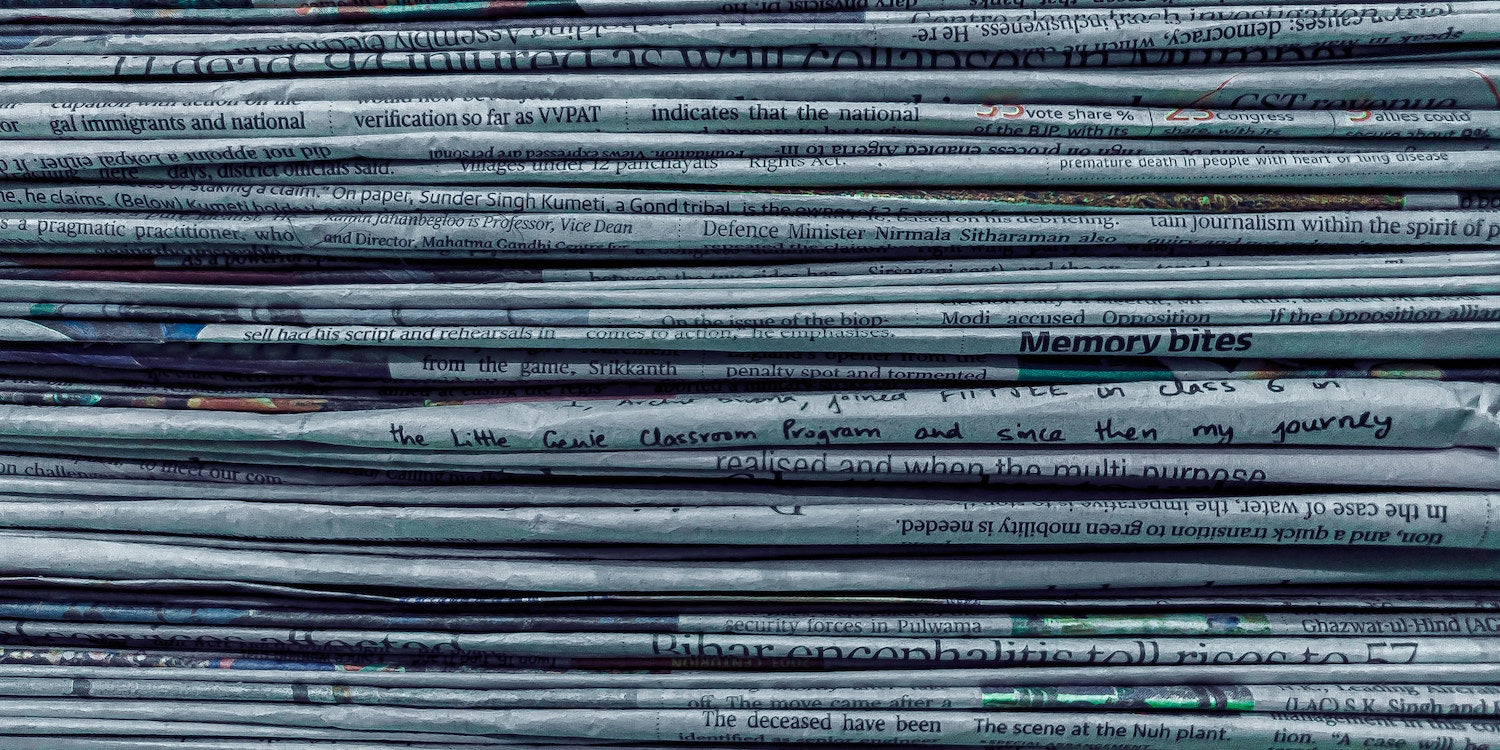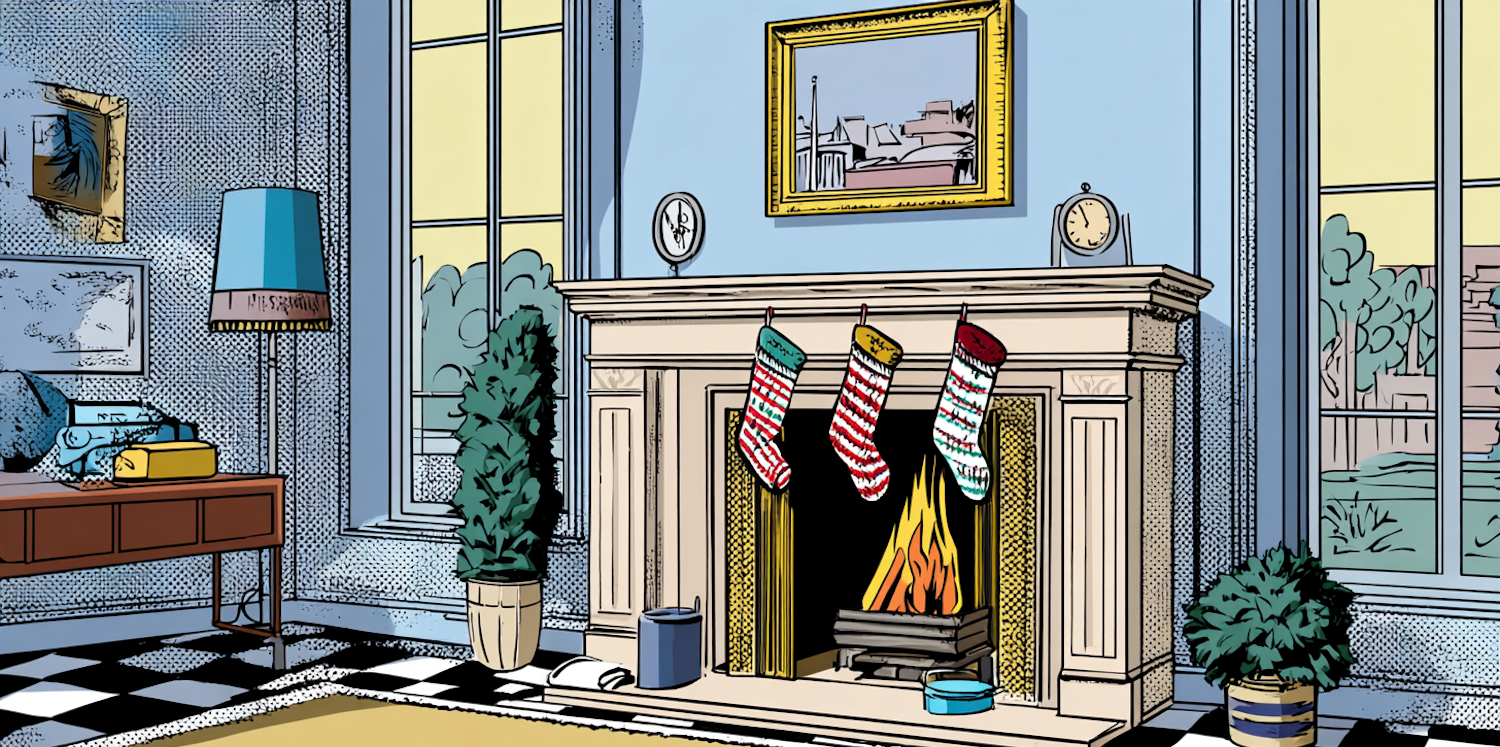Do you ever walk through the forest, glancing up at the sunlight moving through the bright, green leaves and just wonder at the peace and quiet?
In our busy, globalized world, big and widespread forests are slowly disappearing. But the ones we do have are a gift – offering some peace and quiet away from the hustle of traffic and demands of everyday life. A place to daydream, and recharge.
But forests have also given us another gift; paper. From toilet rolls, to newspapers, and cardboard boxes – our world wouldn’t quite be the same without it, and we owe it all to our beautiful trees.
Each year, we celebrate the International Day of Forests on March 21st. And in recognition of this recent holiday we'd like to shine the spotlight on one of those small things we can do to give back to our forests: Recycling paper.
After all, how is paper recycled? Are all paper products recyclable, and how do you know which ones? And, most important of all – does recycling paper actually make a difference?
Excellent questions – let's find out.
The Benefits of Recycling Paper
Before we dive into the hows of recycling paper, let’s have a closer look at the whys. After all, it’s just a couple of magazines thrown in the right bin – does it really make a difference?
The answer is a resounding yes. While recycling your magazines can seem like a small act at first glance, it actually has a huge impact on our planet.
In the US alone, we collected and recycled around 46 million tons of paper in 2018 – which was more than 68% of all the paper used around the country. And considering that every single ton of recycled paper saves 19 trees, 1500 liters of oil, and 29 000 liters of water? Well – the effect speaks for itself.
And that’s just the resources and emissions saved by not cutting down trees.
But our forests are the lungs of our planet. By absorbing carbon dioxide and turning it into oxygen, forests are crucial in combatting emissions from all around the world. Even more, when we preserve natural areas, we also save habitats for thousands of species, many of which are slowly going extinct.
In other words, the more trees that stay rooted in the ground, the better for our environment and wildlife. And recycling paper is one of the best ways to do it.
Every ton of recycled paper saves 19 trees, 1,500 liters of oil, and 29,000 liters of water.
Besides, wanna guess what happens to paper that doesn’t get recycled? That’s right – landfill.
And even though paper can eventually break down on its own, it lets out methane gas in the process. If you’re not familiar with methane gas, it’s yet another greenhouse gas, and 20 times more potent than carbon dioxide.
Ouch.
So, in short: By recycling paper, we save huge amounts of resources, preserve massive forested areas that help absorb our carbon emissions, and avoid unnecessary methane gas from leaking into the atmosphere.
And combined, they all help move us toward a more circular, sustainable world.
Not so insignificant after all, huh?
How Is Paper Recycled?
So, now that we know the effect of recycling paper – how is it done?
Well, the process is a little different depending on the recycling center and type of paper. But here’s a general step-by-step breakdown of the paper recycling process:
1. Collection
It starts, of course, with you. The paper products put in recycling bins in homes, workplaces, schools... All of it gets collected and combined into huge containers, ready for transport to recycling facilities.
2. Sorting and Grading
Next comes sorting and grading the recovered paper. Some paper products, like newspapers, have already been recycled multiple times, which means their fibers are shorter and weaker. Meanwhile, envelopes and other similar products could be fit for much higher-quality products in their next lives.
Besides, while some centers accept mixed paper recycling, others only accept certain grades. So, the collected material gets sorted between lightweight and heavier products, and their fibers get measured and graded. Once the paper's bought by recycling centers, the process can begin.
3. Shredding & Pulping
First, the paper gets shredded into small, fine pieces. Then, it’s added to a massive tank with gallons of water and chemicals like sodium hydroxide, sodium silicate, and hydrogen peroxide. Slowly, the slurry takes on a consistency like oatmeal.
The water, chemicals, and some added heat work together to break down and separate the paper fibers, in a process called pulping.
Finally, the slurry gets screened to remove debris like paper clips, staples, tape, and labels that may have snuck through.
4. Cleaning & Purifying
With bigger pieces of debris gone, it’s time to get rid of any dyes, ink, or adhesives so the paper comes out as pure as possible.
At this stage, the pulp is typically spun in a cone-shaped container with even more water and chemicals, designed to get rid of any remaining impurities. If necessary, dyes or bleach get added to brighten or color the paper.
The mixture is now about 99% water and 1% fiber – in other words, basically liquid. If the paper is very low-grade, fresh pulp might get stirred in to strengthen it before moving to the next step.
5. Drying into Sheets
From the cone-shaped spinning container, the mixture is pumped out onto a conveyor belt. Here, much of the water drips away and the fibers start to bond together into a paper sheet.
It’s then pressed to remove even more water, before passing through a series of heated metal rollers that dry the sheet. Finally, when the paper has the right thickness and moisture level, it’s recycled and ready to go.
6. Wound into Rolls
It’s then wound into massive rolls – often as wide as 30 feet and weighing up to 27 tons. But before getting sent out to factories, the bales are cut into smaller, more manageable rolls.
And that’s it! Old scraps have turned into new, fresh paper.
How Many Times Can Paper Be Recycled?
As you can tell, paper recycling is a fantastic and efficient process, that’s been perfected over many years. The paper gets sorted and graded so each fiber can be recycled as many times as possible. And the process of recycling a newspaper takes only 7 days – pretty amazing, right?
But as fantastic as paper recycling is, it does have limits. See, the shredding and heavy chemical treatment weaken and shorten the fibers with each recycling round. That’s why generally, paper products can only be recycled 5-7 times before they’re too weak to be of any use.
But are all paper products recyclable?
What Paper Can Be Recycled?
We’ve all stood there in front of the bin, paper towels clutched in our hands, debating with ourselves. After all, can paper towels be recycled? What about shredded paper – can you recycle that? And is tissue paper recyclable?
So many questions. About time we got some answers, don’t you think?
The Golden Rules of Recycling Paper
The three golden rules of recycling paper are easy to remember and live by, and will quickly banish most of your worries standing in front of the bin.
Firstly: Only recycle paper that is dry and clean.
The quality of paper goes right down when soiled or wet, and this can affect the recycling process. If there’s food residue, it's especially damaging, since oils can’t be removed during the recycling process and make the fibers repel each other. This causes holes in the new paper, making it useless.
Besides, wet or soiled paper can contaminate the rest of the batch. So, as a rule: keep used tissues, paper towels, and paper packaging with food residue out of the recycling bin.
For some good news, you don’t necessarily have to toss them in the trash – most of them go well over in your compost. With the exception of plastic-lined packaging, of course – sadly, there’s not much to do about that.
Secondly: Don’t rinse packaging that doesn’t dry properly.
We know, we know – most other materials should be rinsed before getting tossed in the green bin, so it may seem counterintuitive. But again, moisture weakens paper significantly. Try to wipe or scrape off anything that shouldn’t be there, and avoid water if you can.
The process of recycling a newspaper takes only 7 days.
And, thirdly: Collapse your paper packaging.
Cardboard boxes and other containers are often built to be flattened. Make use of it! It saves space, which minimizes transport, and ultimately helps our planet.
With that said, some paper products can be tricky to know what to do with at a glance. And as we mentioned already, centers vary in different areas. Some have more resources and equipment than others – some deal in mixed paper recycling, while others only take on certain grades.
With that in mind, let’s break down some common questions about what paper can be recycled:
Can You Recycle Shredded Paper?
In many places, shredded paper can be recycled. But centers could have restrictions in place for the size of shredded pieces, and others might not accept it at all. So, you’ll have to check your local guidelines to find out for sure!
But worth keeping in mind is that shredding paper shortens its fibers. So, even though shredded paper often can be recycled, it could shorten its lifespan with a few recycling rounds. If possible, use a marker to remove sensitive information instead of shredding!
Can You Recycle Wrapping Paper?
This is a tricky one, because wrapping paper comes in many shapes and forms. As a rule, wrapping paper with glitter, plastic lining, or foil can’t be recycled. That said, some centers do accept certain wrapping papers – if it scrunches up when you squeeze it, it might be recyclable.
Check your local guidelines, and remove ribbons and tape where you can. But also consider all the beautiful alternatives to conventional wrapping paper. They can make your gifts even more personal and eco-friendly!
Can You Recycle Staples and Paper Clips?
As we hinted at before, the paper recycling process handles both staples and paper clips pretty well. Most centers have a screening process that removes them without too much trouble.
So – you don’t have to worry about removing all the staples from your documents before tossing them in your green bin. The paper clips, though, might be worth saving for the future!
Are Sticky Notes Recyclable?
If your center handles mixed paper recycling, they’ll probably take sticky notes too. As we mentioned, some centers have a step in the process to deal with adhesives. But again, it comes down to local restrictions! Check your municipality’s guidelines to make sure.
Is Construction Paper Recyclable?
Construction paper is a long-time favorite among crafty kids. But the bright color of construction paper is usually too much to remove in the recycling process, placing it firmly on the “No” list of most recycling centers.
There are a few select centers that will take them, so you can always check with yours. Otherwise, consider going with pastel-colored craft paper instead, since they are much easier to recycle!
As you can tell, recycling differs a lot in different areas! So your best bet, if you're unsure, is to check your local guidelines. You can easily search your postcode here for a list of recycling centers near you!
And that's it for today's love letter to our forests – we hope you learned something new about recycling paper! We also hope that you’ll continue to find time to get out and enjoy nature and while you are there take a moment to soak up and appreciate everything our forests do for this planet. It’ll do you good, and you deserve it.
Psst… In the mood to learn more about trees? Check out our recent post about the incredible Amazon Rainforest!






